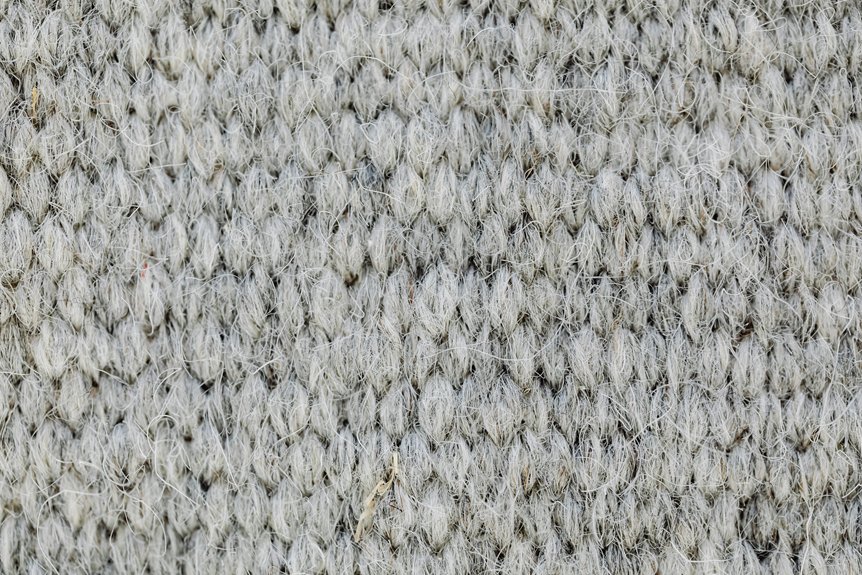Loft insulation plays a vital role in reducing heat loss, providing an effective barrier in the roof space that enhances energy efficiency and lowers heating costs. Typically, this insulation is made from materials such as glass fibre or mineral wool, with eco-friendly alternatives also available.
Installation can be carried out between or over the joists, and it is crucial to ensure that it is done correctly to maximise the benefits and comply with UK regulations. While effective insulation thickness is important, understanding additional factors can further optimise your choices.
Exploring the various types of materials and installation methods can offer valuable insights, helping you make informed decisions for your home. Proper insulation not only contributes to a warmer living environment but also aids in reducing your carbon footprint.
Understanding the Thermal Performance of 150mm Insulation
Thermal performance is a crucial aspect when assessing loft insulation, and understanding the effectiveness of 150mm insulation can aid homeowners in making informed decisions.
The thermal conductivity of this type of insulation is generally around 0.044 W/mK, which indicates how well the material resists heat transfer—lower values signify superior insulation properties. Leading brands such as Knauf, Rockwool, and Superglass consistently meet this standard, ensuring reliable performance across their product ranges.
When installed at a thickness of 150mm, this insulation achieves a thermal resistance (R-value) that complies with or surpasses UK Building Regulations. The R-value is a measure of how effective the insulation is at preventing heat flow, with higher values indicating better thermal performance.
Correct installation is vital; any gaps or compression can significantly diminish its effectiveness. Overall, this insulation plays a significant role in reducing heat loss, helping to keep homes warmer while lowering energy expenses.
Material Choices and Installation Methods for 150mm Depth
Choosing the right materials and installation methods for 150mm loft insulation is crucial to maximise its effectiveness and ensure compliance with building regulations. Various insulation materials, such as glass fibre, mineral wool, and sheep’s wool, each provide distinct advantages, including thermal performance, fire resistance, and environmentally friendly options.
Installation techniques can involve fitting insulation between joists, over joists, or covering the entire floor space. Rigid foam boards, like PIR or phenolic foam, are particularly beneficial for “warm loft” configurations. Ensuring proper installation is key for maintaining the insulation’s position and performance over time.
Below is a visual guide to options:
| Material Options | Installation Methods |
|---|---|
| Glass fibre, mineral wool | Between or over joists |
| Sheep’s wool, eco-friendly | Full floor coverage |
| Rigid foam boards | Insulated walkways |
Benefits and Impact of 150mm Loft Insulation on Energy Efficiency
When loft insulation of 150mm is properly installed, it plays a vital role in reducing heat loss and enhancing the overall energy efficiency of a home. This insulation effectively traps warm air inside, preventing a significant amount of heat from escaping through the roof. The recommended thickness for effective insulation is typically 270mm, but 150mm can still provide notable benefits. By maintaining stable indoor temperatures, it reduces the reliance on constant heating, leading to noticeable reductions in energy consumption. As a result, homeowners can experience substantial savings on their energy bills. Furthermore, efficient insulation contributes to lower carbon emissions, supporting environmental sustainability. In addition to financial benefits, improved insulation enhances comfort by minimising cold spots, drafts, and condensation, creating a more pleasant living environment. Enhanced insulation can also elevate a home’s Energy Performance Certificate (EPC) rating, boosting property value and making it more appealing to potential buyers who prioritise sustainability and comfort. Investing in proper loft insulation isn’t just about immediate savings; it’s also a step towards a greener future and a more enjoyable living space.
Regulatory Standards and Best Practices for 150mm Loft Insulation
Regulatory standards are vital in ensuring that loft insulation is installed effectively and safely, especially with materials such as 150mm thick insulation. In the UK, regulations typically set a minimum thickness for insulation to meet energy efficiency standards, often aiming for around 270mm. However, certain high-performance materials, like foam boards, can achieve the necessary thermal performance with just 150mm of insulation. The target U-value for loft insulation usually falls within a range that balances thermal efficiency and practicality. Regulations also outline when upgrades are necessary, such as increasing insulation thickness from below a specified level to comply with current standards. Compliance with these regulations is crucial during both new builds and renovation projects, particularly if existing insulation doesn’t meet requirements. Using the right insulation material can sometimes allow for a thinner layer while still meeting U-value targets which enhances flexibility in insulation choices. Ensuring proper installation according to these standards allows homes to benefit from efficient energy use while avoiding potential legal complications in the future.
Conclusion
In summary, loft insulation significantly enhances a building’s thermal performance by minimising heat loss. Selecting appropriate materials and employing proper installation techniques ensures optimal efficiency. This can lead to substantial reductions in energy bills and carbon emissions, making properties more environmentally friendly.
Adhering to regulatory standards is crucial for maintaining safety and quality. Overall, loft insulation is a practical and cost-effective solution to enhance comfort and sustainability within homes across the UK.

